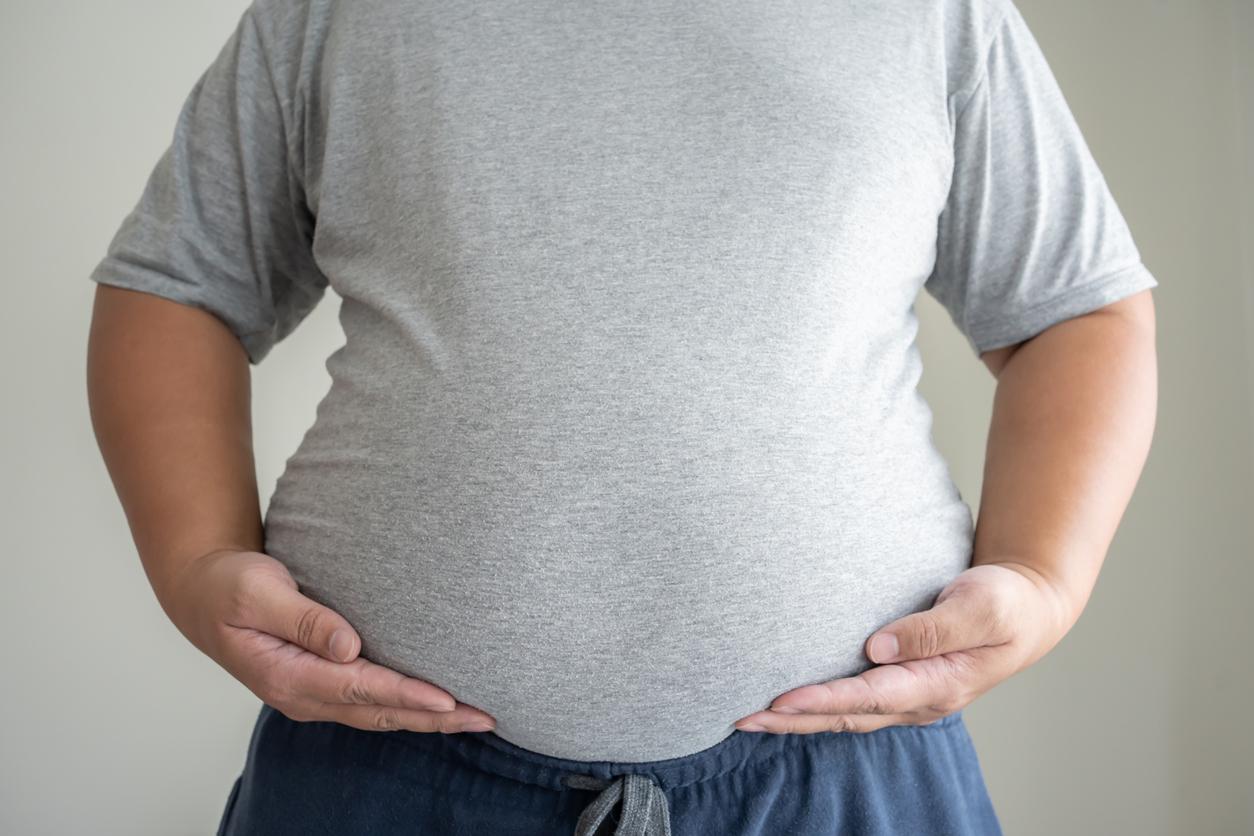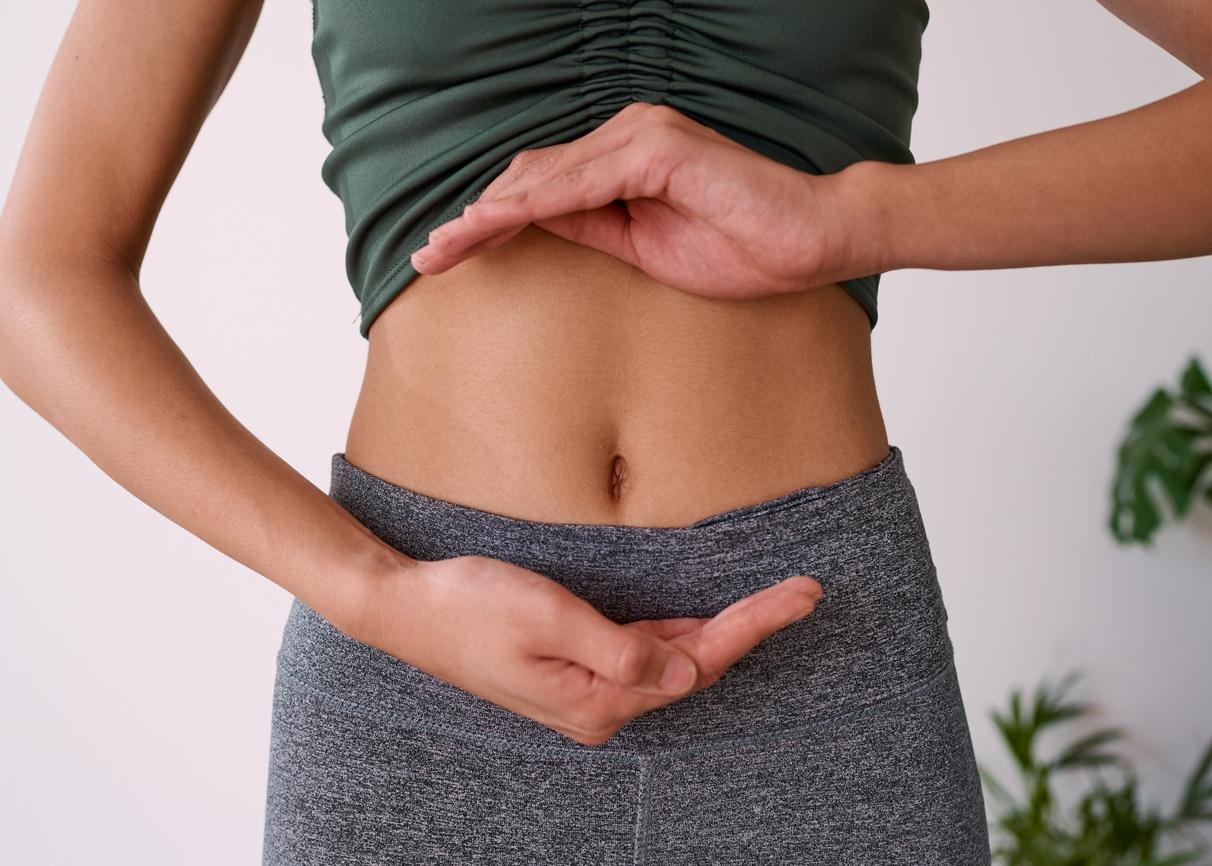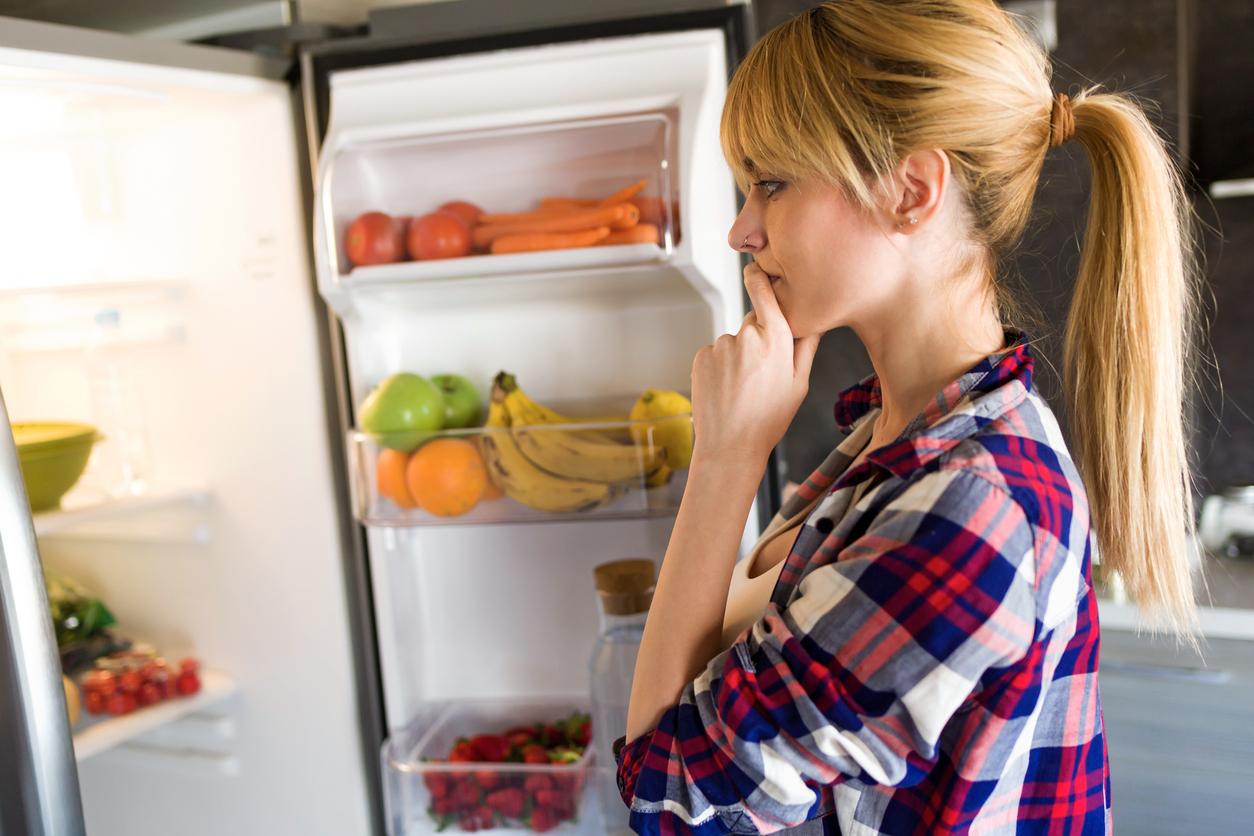Realize your canned foodmeans being able to save money. “This is especially true if you have a vegetable garden”, nuance Sandrine Duport*, author of Make a success of my homemade preserves – 101 recipes to move towards food autonomy, published by Jouvence (May 2022). However, nothing prevents you from buying fruit and vegetables at knockdown prices at the end of the market, for example, and using them for canning.
It’s also a way to use the fruit offered by your neighbors who no longer know what to do with their cherries or peaches when it’s high season. In terms of nutrition and health, the preserves you prepare also have an advantage: they do not contain preservatives or additives, unlike industrial cans.
Preserves are not complicated to make and do not require investing in a lot of equipment, at least at first, especially since heat (sterilization) is not the only way to make preserves. You can preserve food by fermentation, in oil, in vinegar, in salt and even make semi-preserves in the refrigerator. In any case, it is important to observe hygiene rules to prevent the risk of bacterial contamination, in particular botulism. “Vegetables should be washed well and cooked before canning, or blanched (boiled for a few minutes) and worked in a clean space, using washed and well-dried jars”, recommends Sandrine Duport. We invite you to discover 9 tips for successful canning.
*The Youtube channel by Sandrine Duport.
Read also:
- Can you freeze cheese?
- To Avoid Food Poisoning, Avoid Storing These 9 Foods In Plastic Boxes
- Eat better for less: 12 good tips for your health and your wallet


























